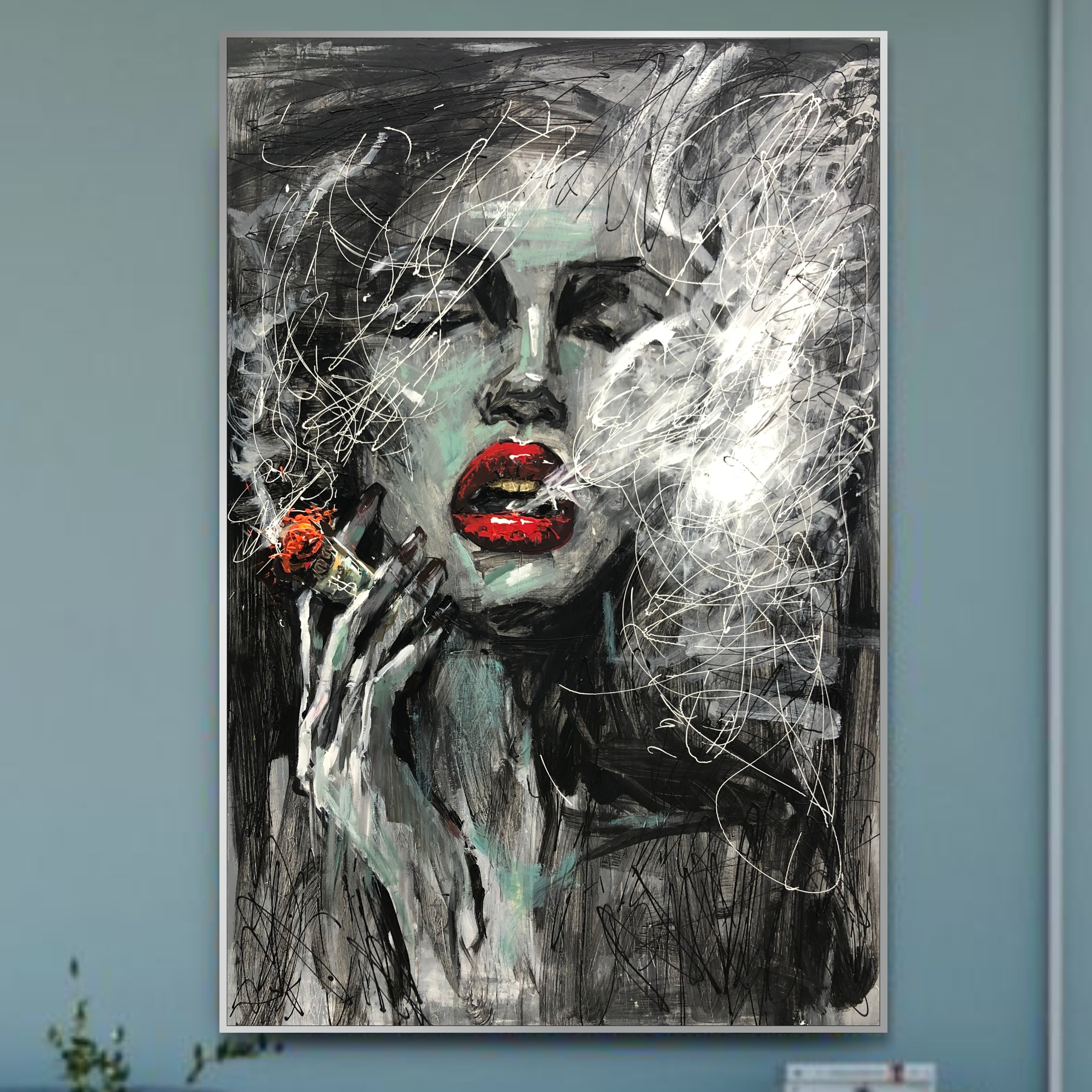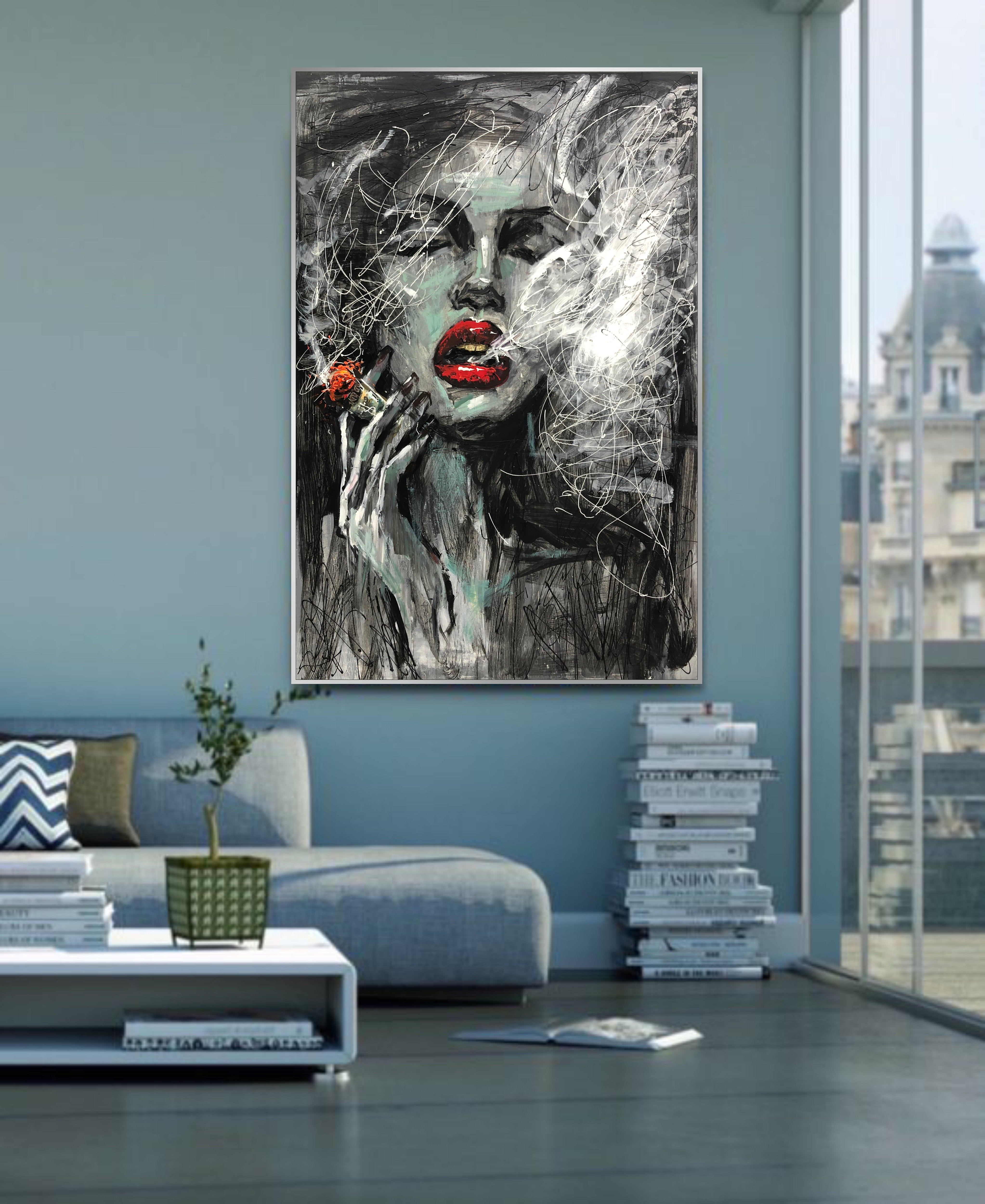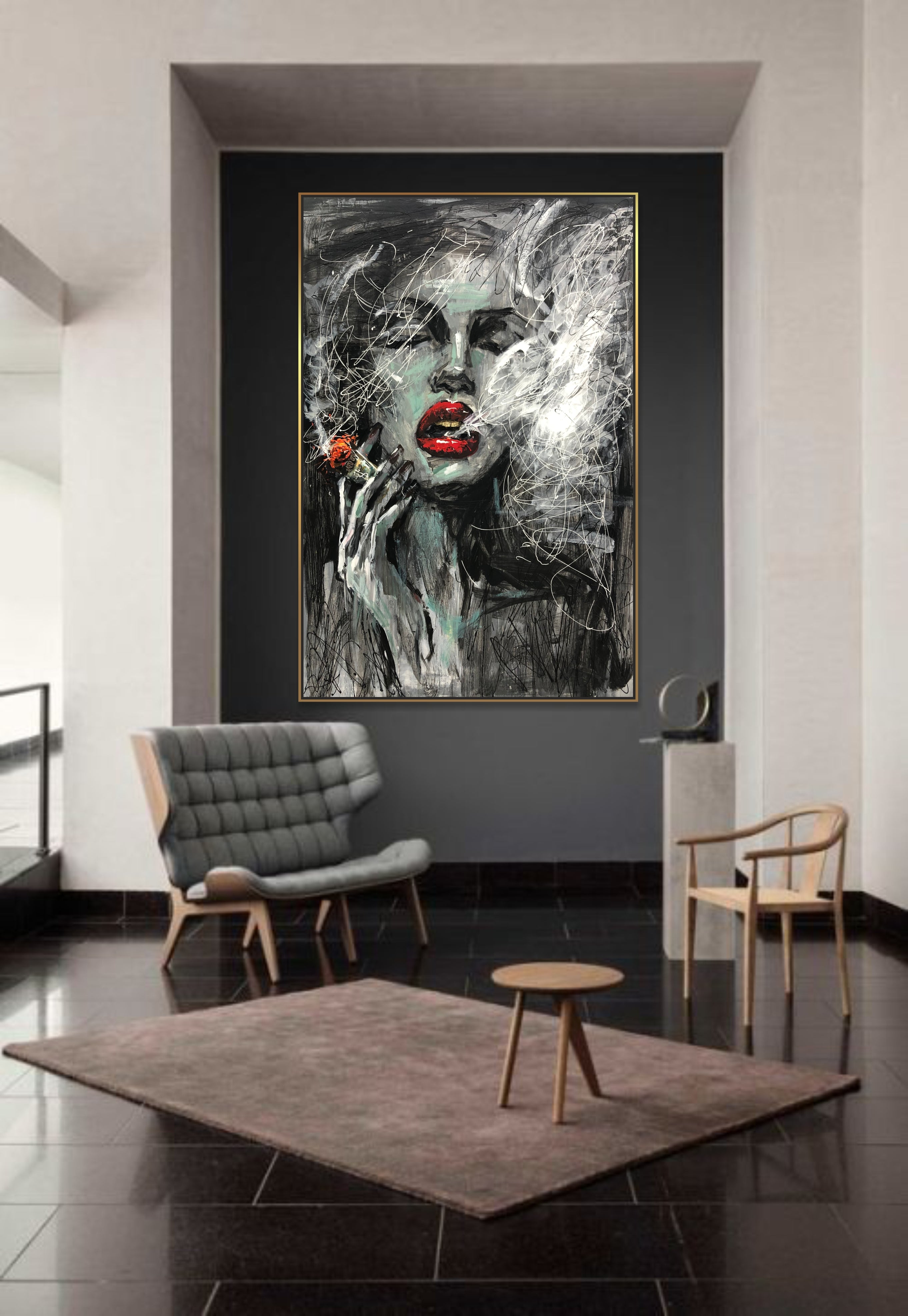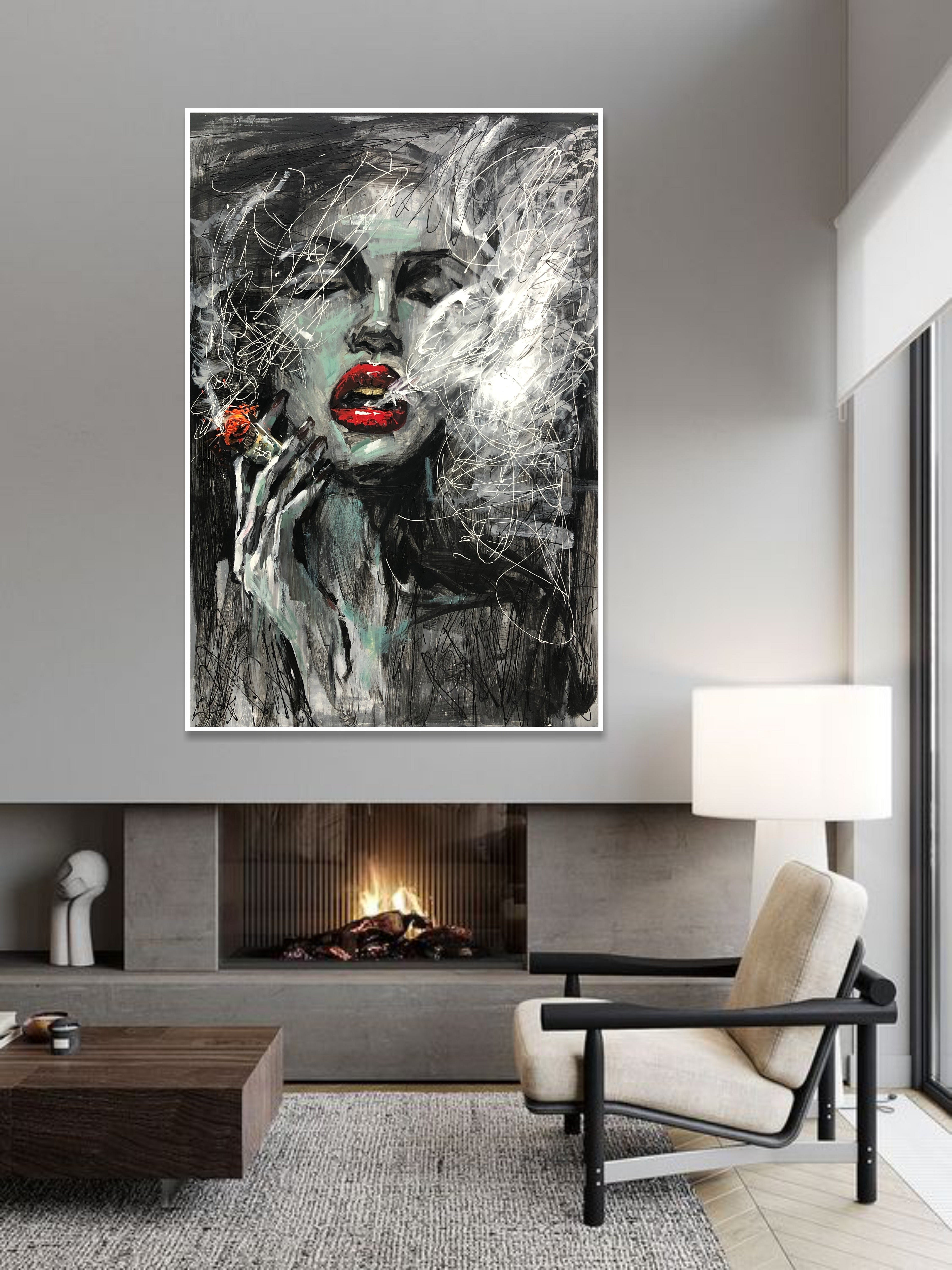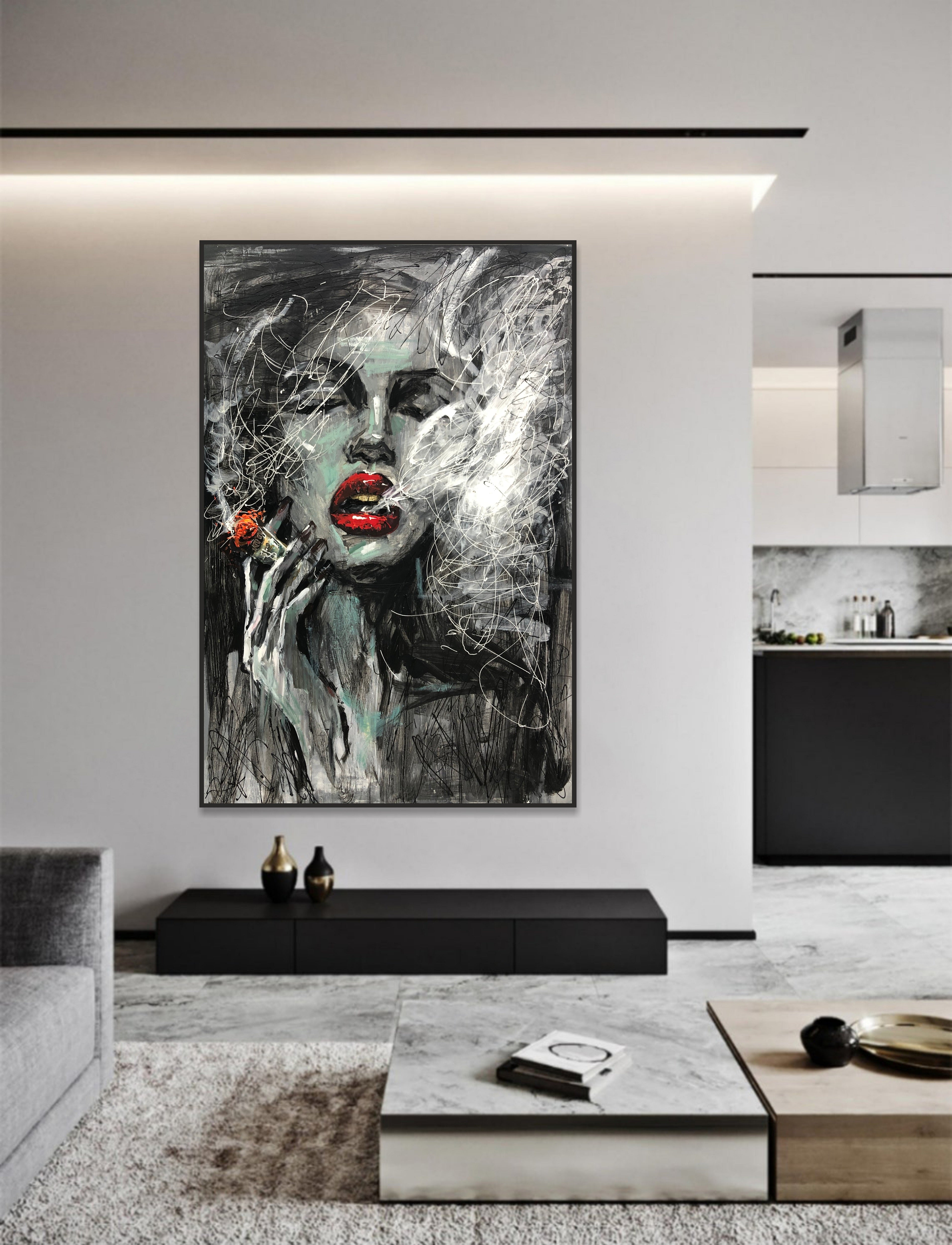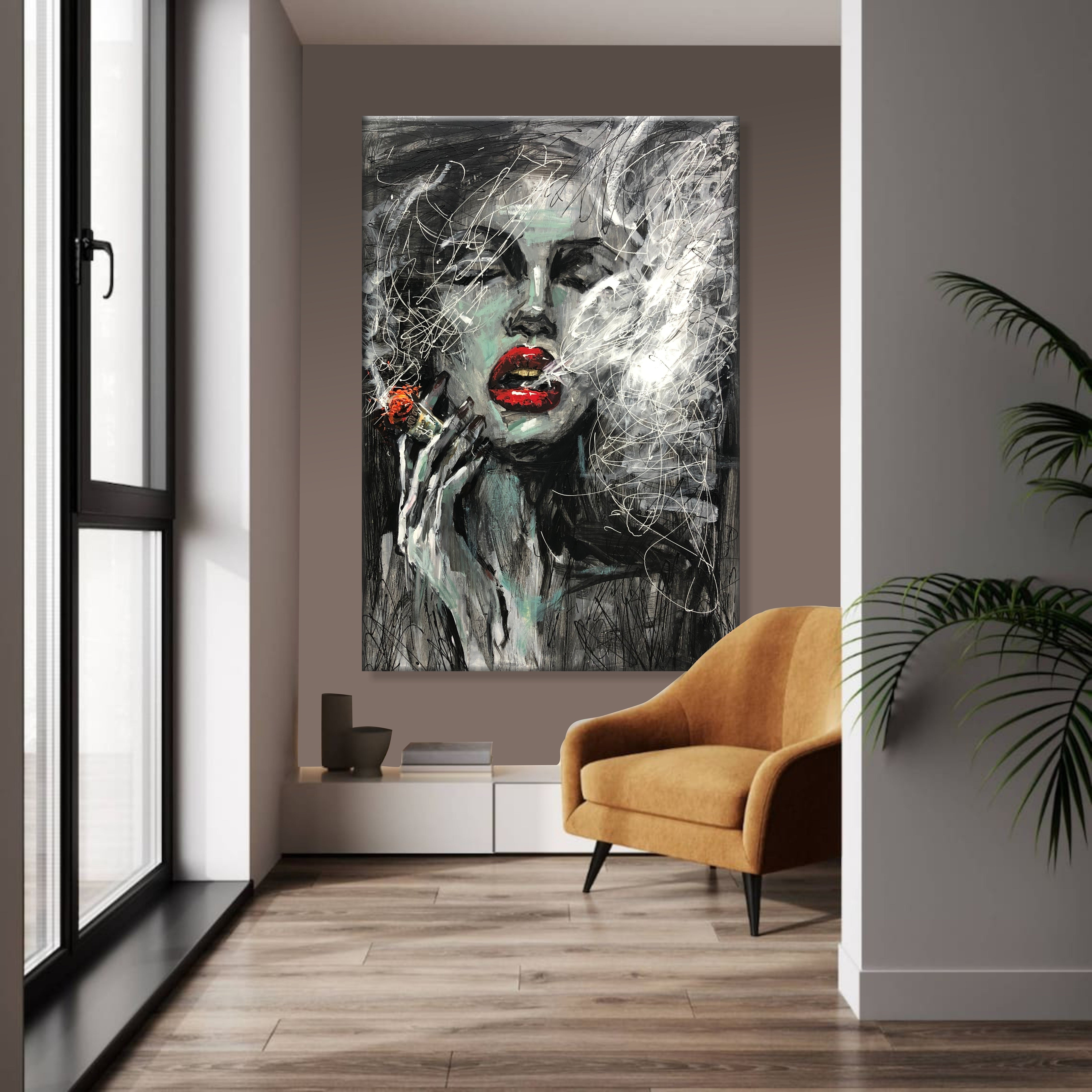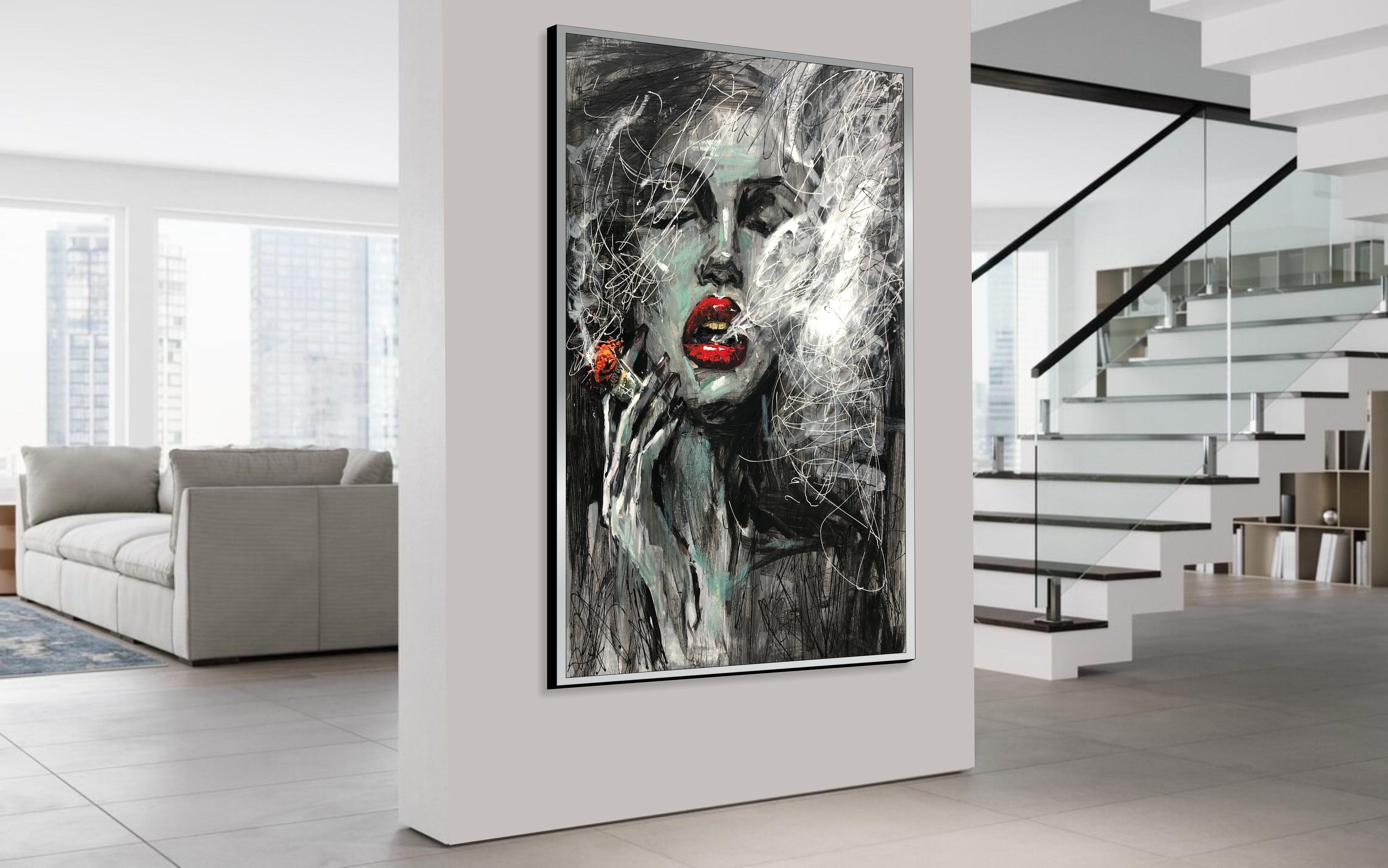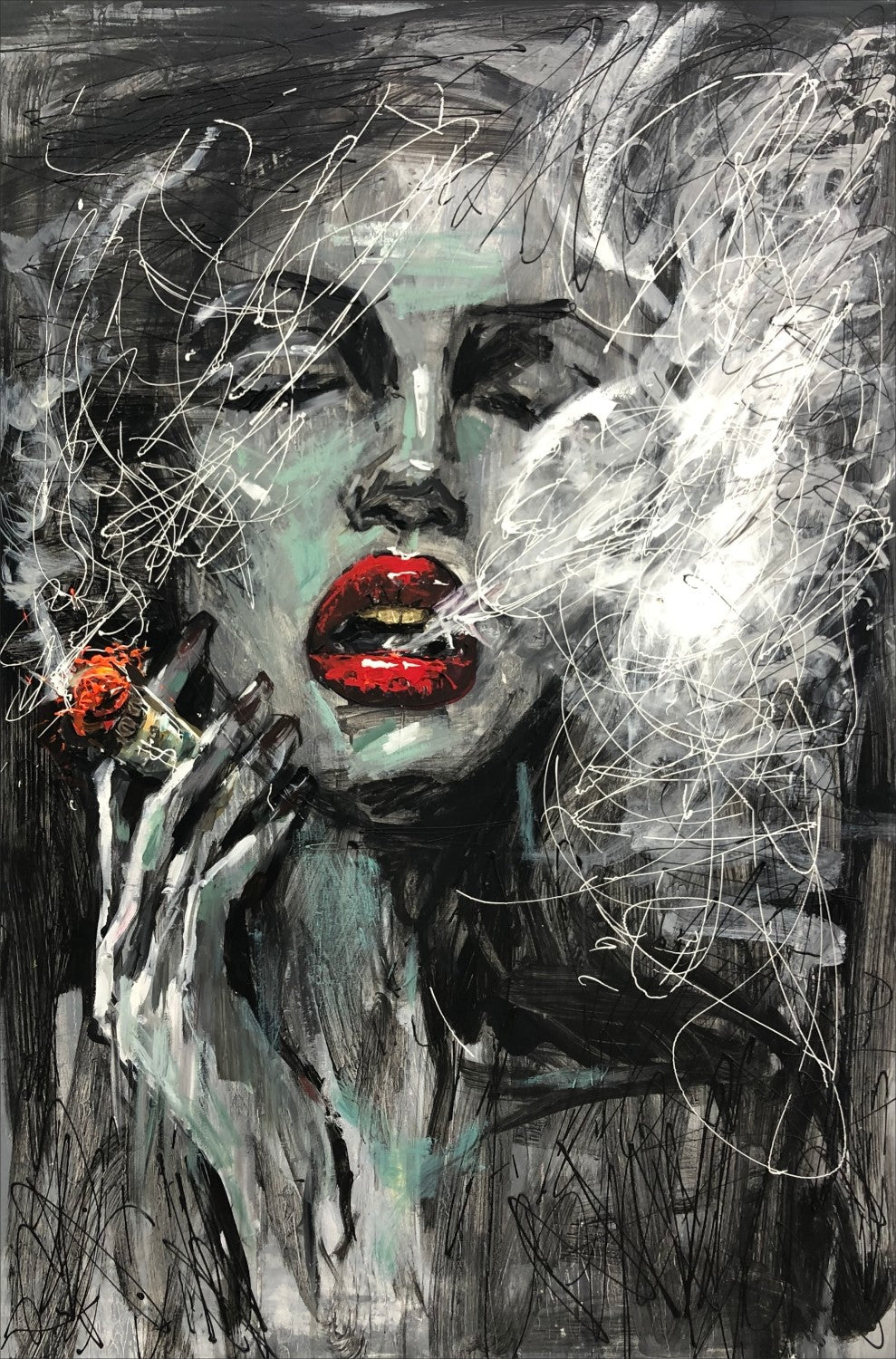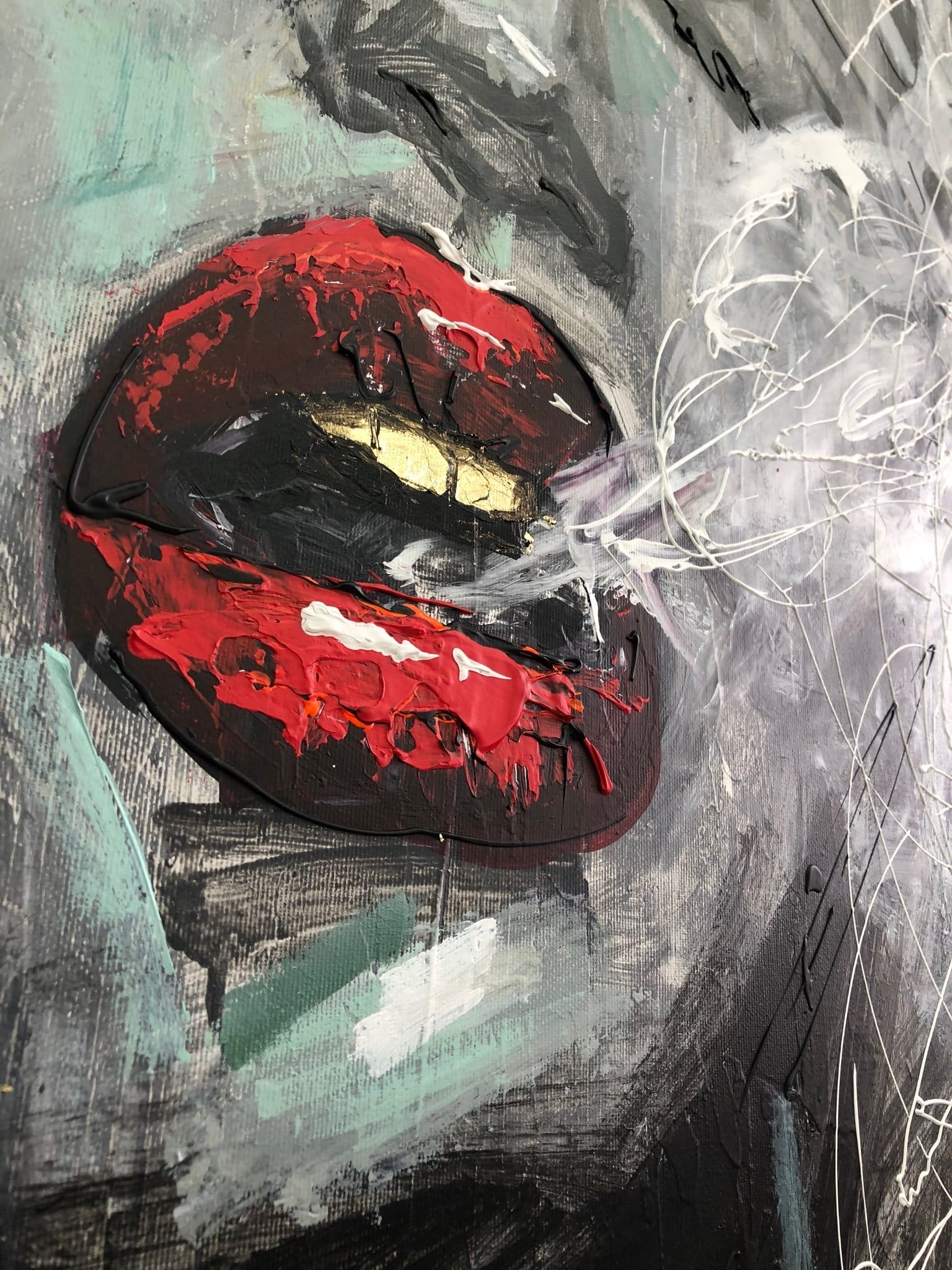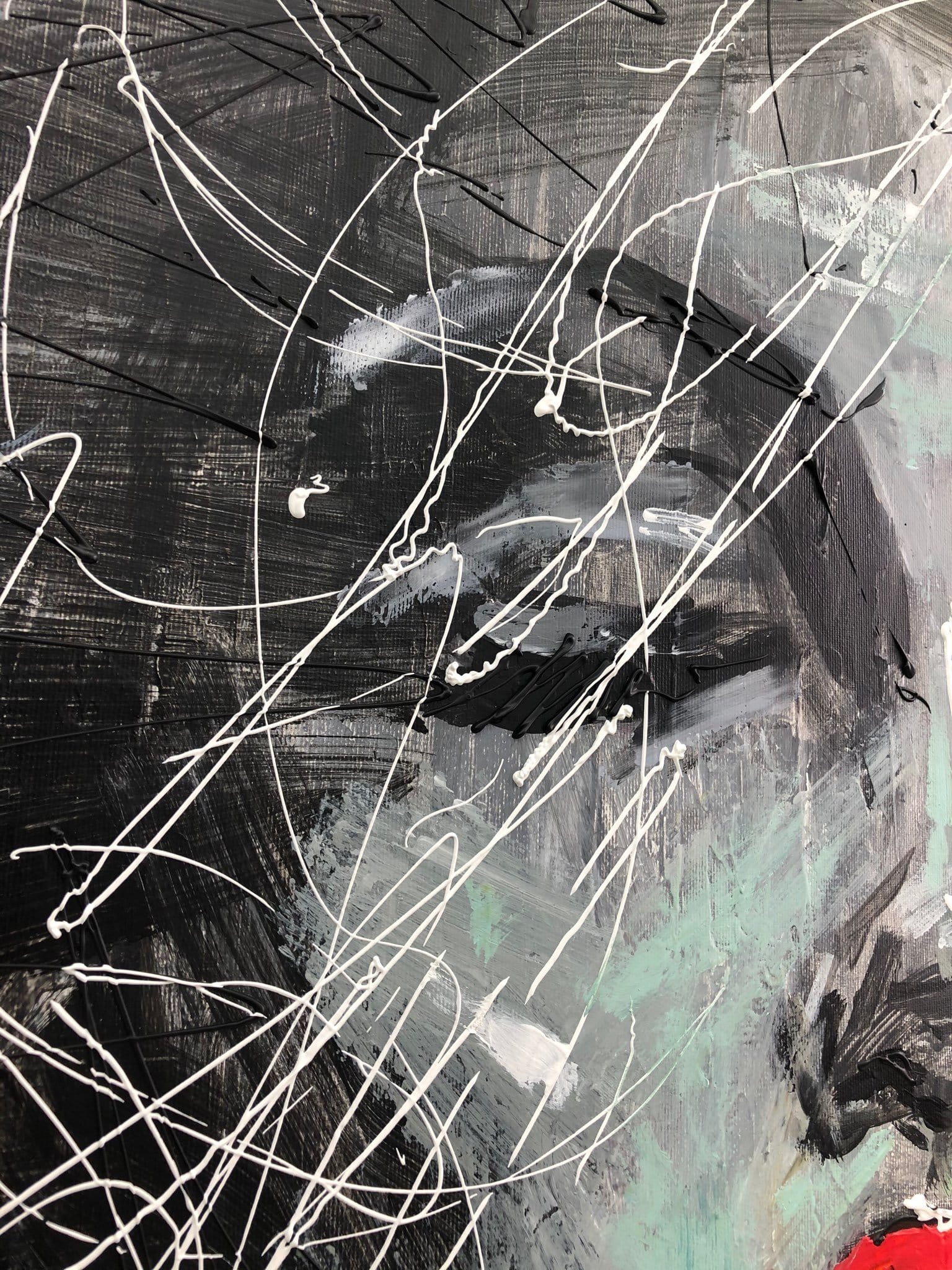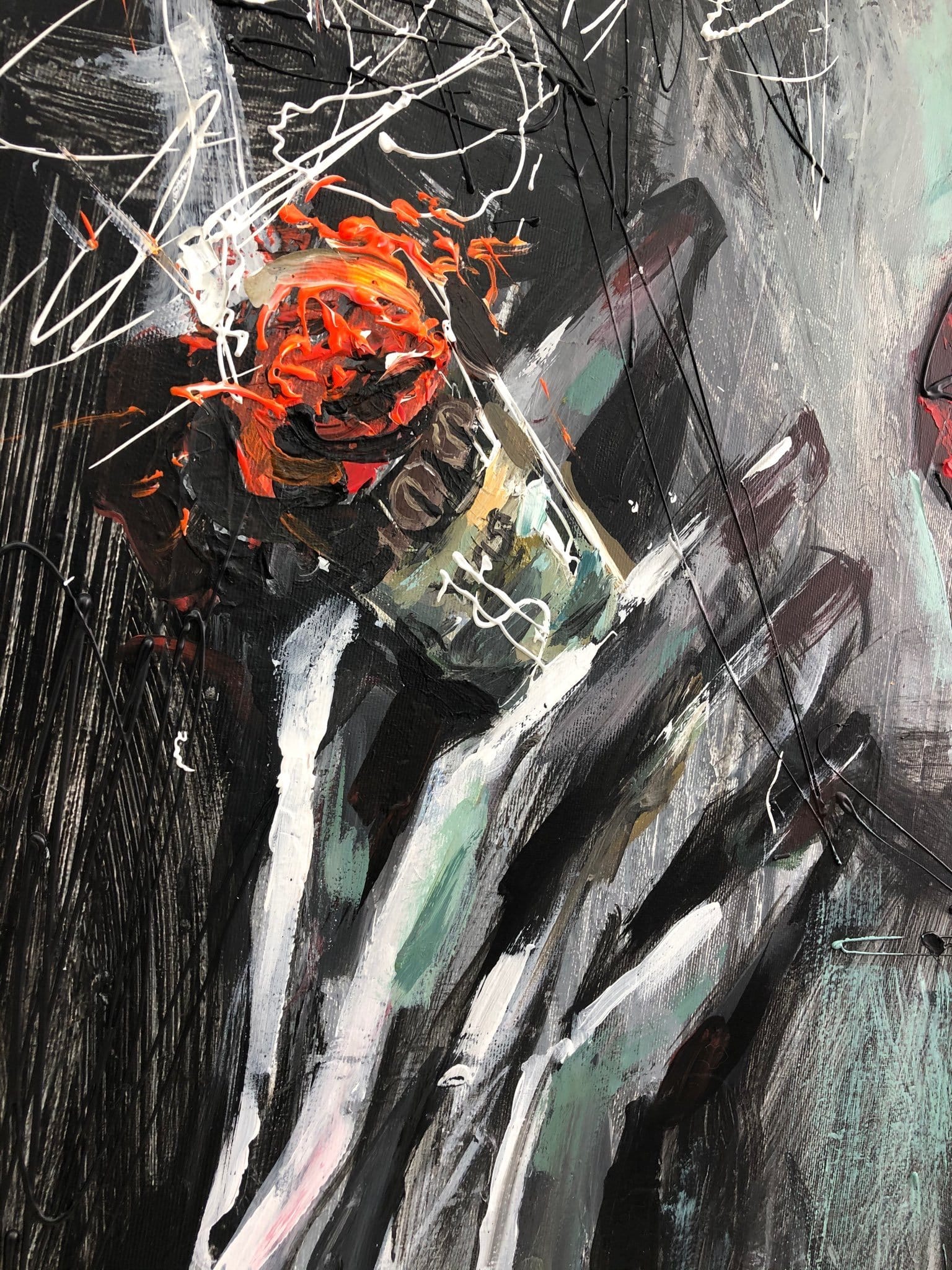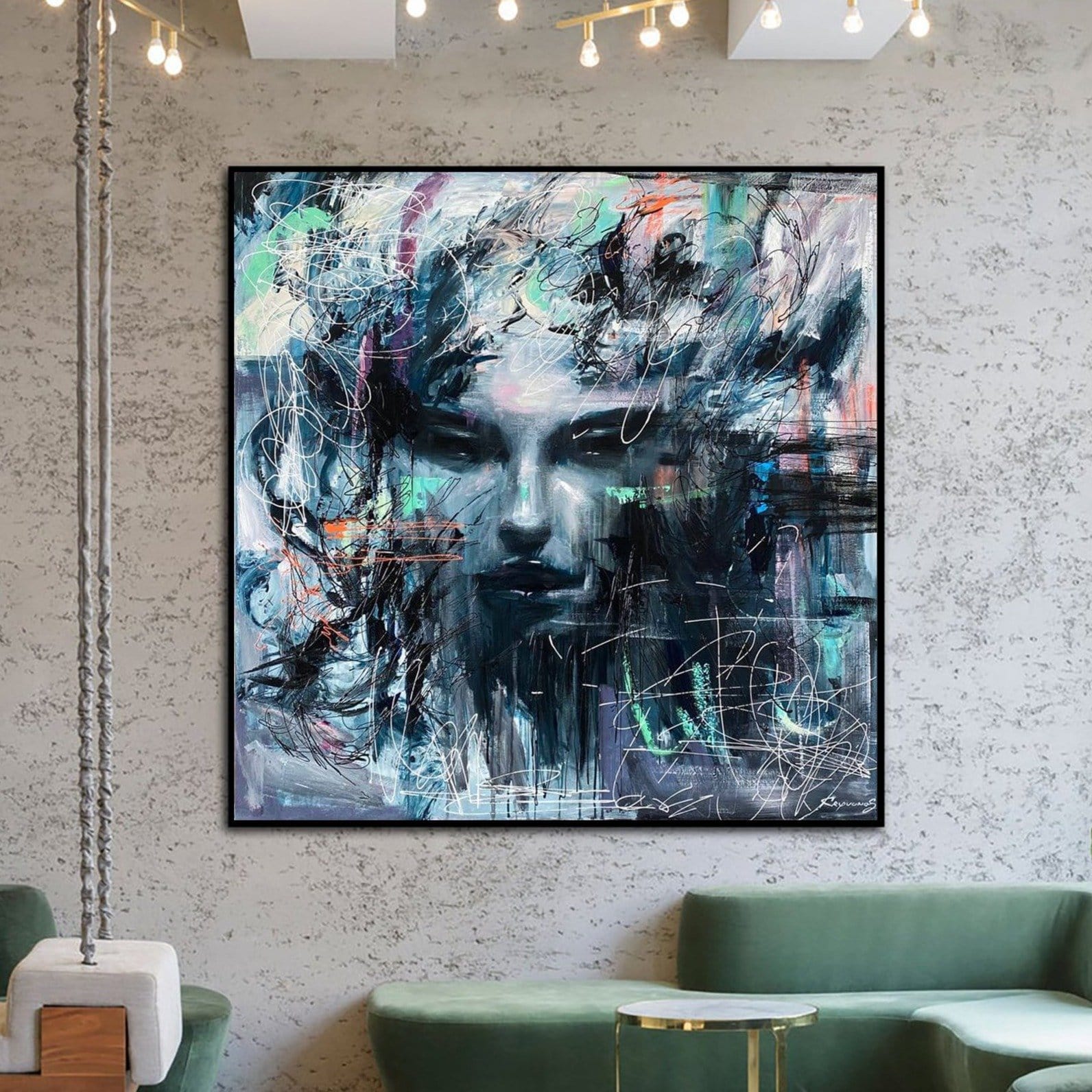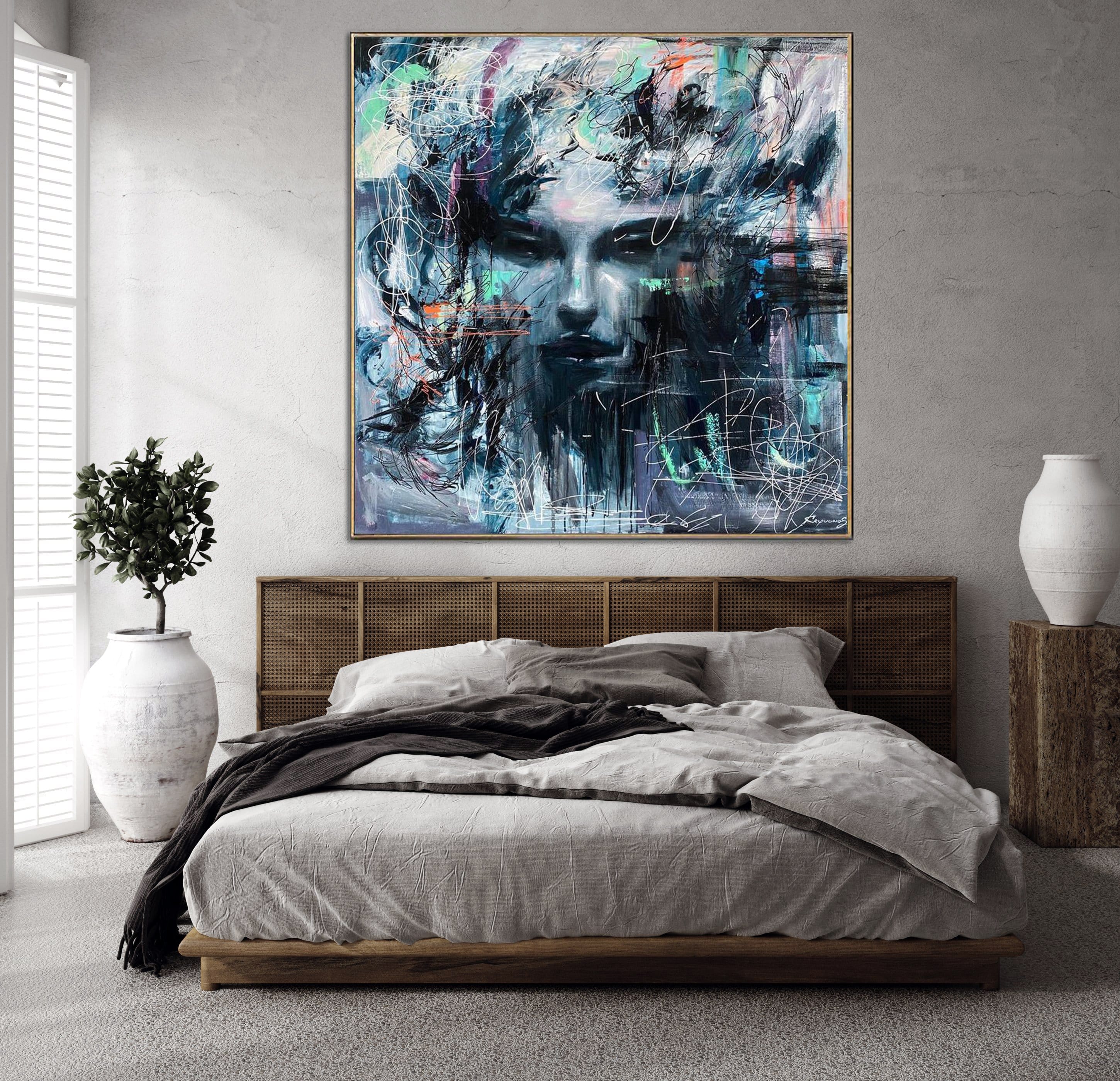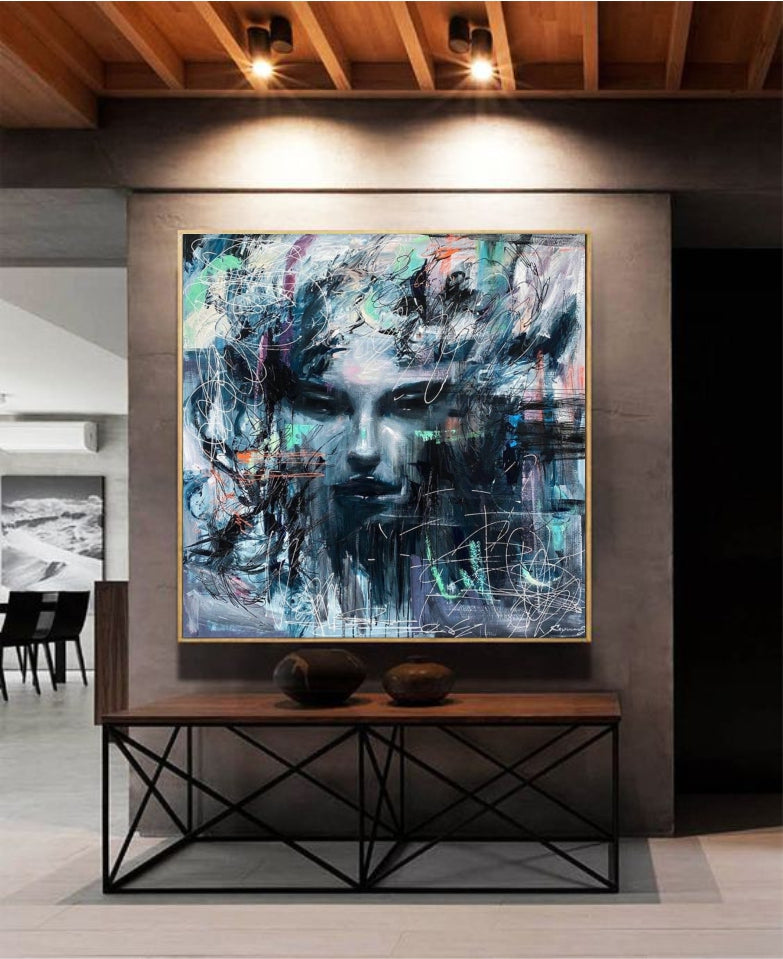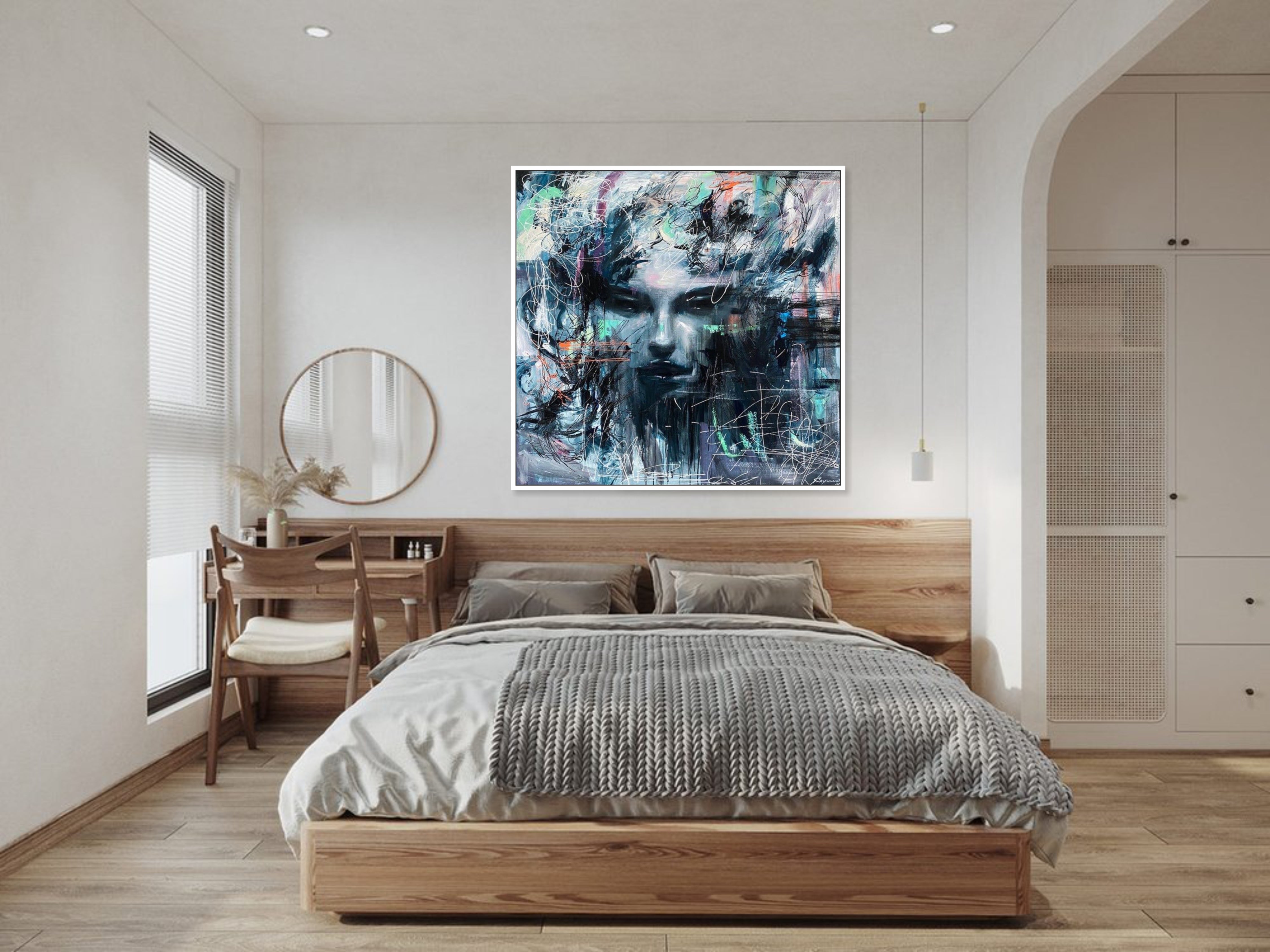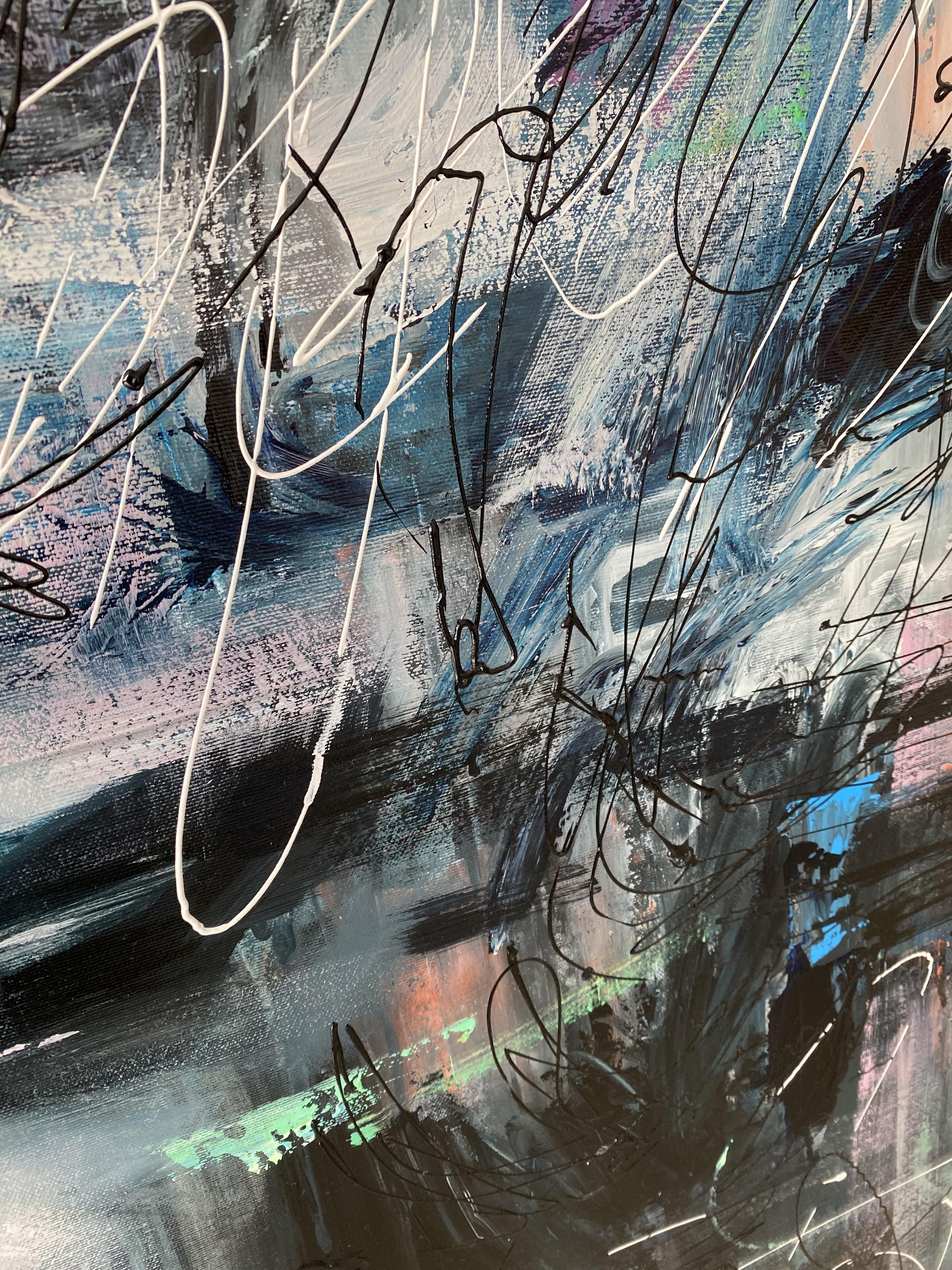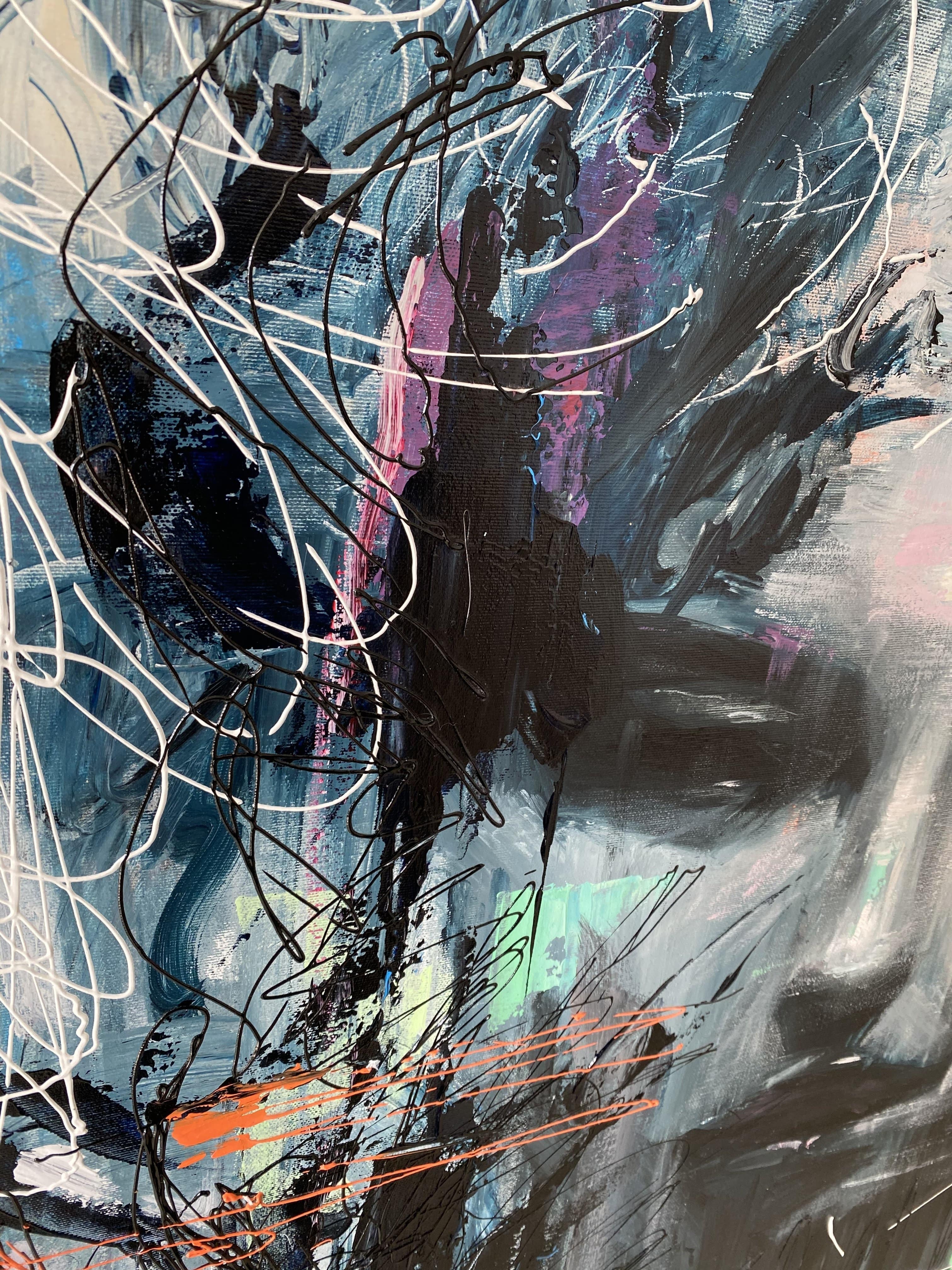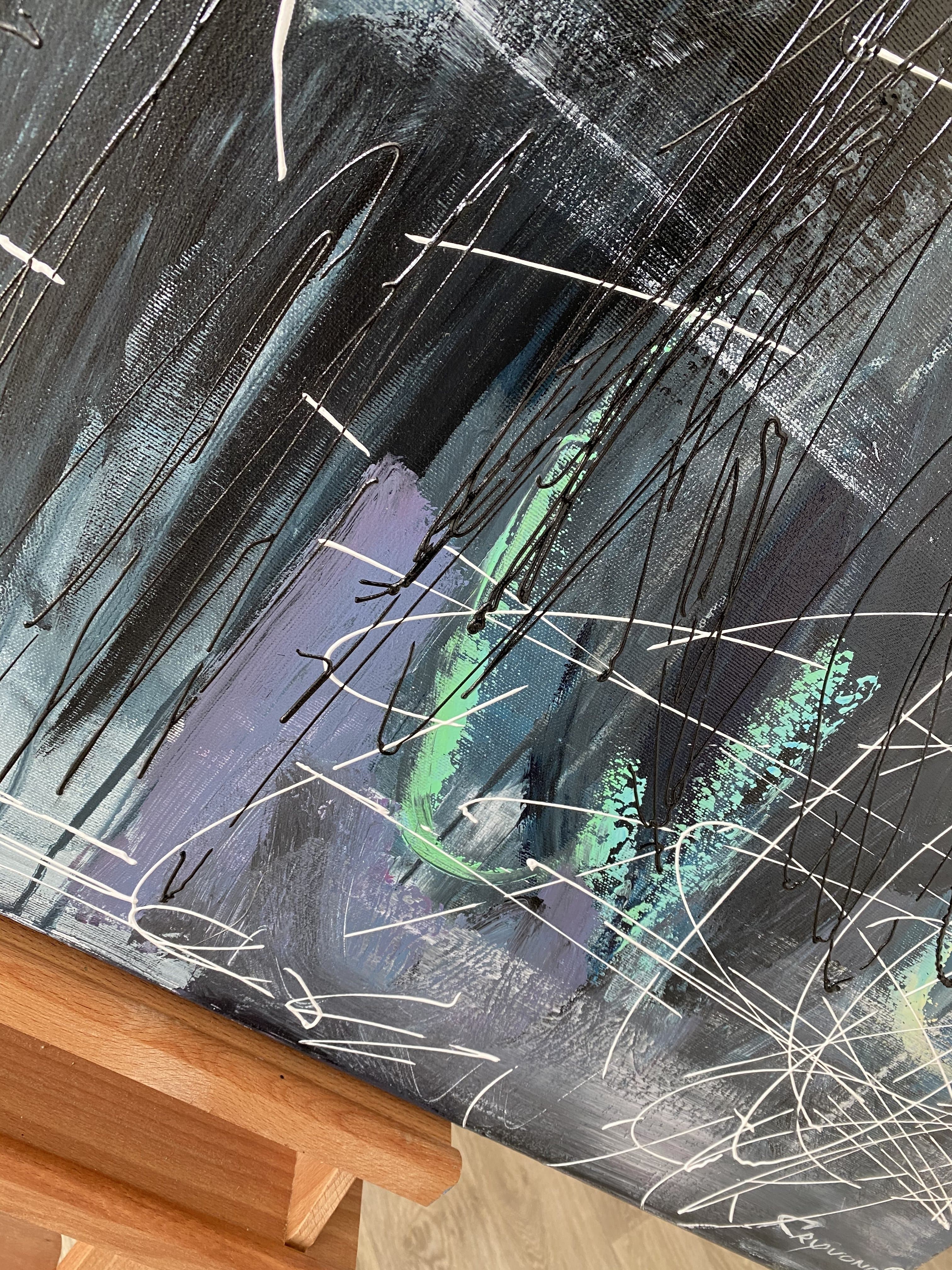Art has always been highly valued, but some paintings have managed to reach astronomical prices at auctions. This article delves into the realm of the most expensive paintings ever sold, offering a glimpse into the extraordinary world of art collectors and the masterpieces that have commanded staggering sums.

Salvator Mundi (1500) by Leonardo da Vinci
On the top of the list is Salvator Mundi, a mesmerizing portrayal of Christ by Leonardo da Vinci. Sold in 2017 for a jaw-dropping $450.3 million, Salvator Mundi is the most costly painting at present. Its mysterious history and the unparalleled talent of da Vinci contribute to such an extraordinary value.
Interchange (1955) by Willem de Kooning
De Kooning's Interchange sold at an astounding $300 million in September 2015 held the record for the most expensive painting before Salvator Mundi was auctioned in 2017, and is still the most valuable contemporary artwork. This abstract expressionist painting characterized by bold brushwork and contrasting vibrant colors, showcases de Kooning's innovative style and artistic prowess.
The Card Players (1892) by Paul Cézanne
Cézanne's post-impressionist masterwork, The Card Players, captures a serene moment in the rural life of Provence. Actually, Cezanne created a five-work series called The Card Players, and in 2011, this one was sold privately for an impressive $ 250 million. Its scarcity and timeless depiction of everyday humanity contribute to its allure.
Nafea Faa Ipoipo? (1892) by Paul Gauguin
Gauguin's flare masterpiece Nafea Faa Ipoipo? (When Will You Marry? ) fetched a resounding sum of $210 million in 2015. This post-impressionist painting, with its exotic subject and vivid colors, embodies Gauguin's fascination with the South Pacific and the yearning for an idyllic paradise.
Number 17A (1948) by Jackson Pollock
Jackson Pollock's abstract expressionist painting, Number 17A, captivates with its energetic and dynamic composition. It changed hands for a remarkable $200 million in a private sale, showcasing the continued admiration for Pollock's revolutionary drip technique and artistic ingenuity.
Water Serpents II (1904 – 1907) by Gustav Klimt
The entrancing masterpiece, Water Serpents II, illustrates the artist's fascination with sensuality and symbolism. It sold for an impressive $183.8 million, highlighting Klimt's ability to merge intricate details and mythology in a mesmerizing display of artistry.
No. 6 (Violet, Green, and Red) (1951) by Mark Rothko
Mark Rothko's abstract masterpiece, No. 6 (Violet, Green, and Red), fetched a staggering $186 million. This large-scale painting, characterized by Rothko's signature color fields and contemplative ambiance, mesmerizes viewers with its profound emotional impact.
Portraits of Maerten Soolmans and Oopjen Coppit (1634) by Rembrandt van Rijn
The ceremonious portraits of Maerten Soolmans and Oopjen Coppit were jointly bought as a set by two museums in the Netherlands and France for €160 million. These grand-scale marvelous portraits, reflecting Rembrandt's exceptional skill in capturing the essence of his subjects, serve as timeless representations of wealth and opulence.
Les Femmes d'Alger ("Version O") (1955) by Pablo Picasso
Pablo Picasso's Les Femmes d'Alger ("Version O") reached a breathtaking sale price of $179.4 million. This intriguing multicolor masterpiece of complex-shape images pays homage to Delacroix while showing Picasso's innovative cubist style, solidifying his position as one of the most influential artists of the 20th century.
The Standard Bearer (1636) by Rembrandt
The Standard Bearer, an extraordinary luminous portrait, which reflects the artist's virtuosity and mastery of light, was sold for an impressive $165 million. This captivating work proves Rembrandt's outstanding ability to capture human emotion and tell stories through his meticulous brushwork.
The exorbitant prices commanded by these artworks reflect their immense cultural significance and the enduring allure of masterpieces created by legendary artists. While these paintings may remain inaccessible to most, they continue to captivate the imagination and remind us of the profound impact art can have on society and the human experience.






























